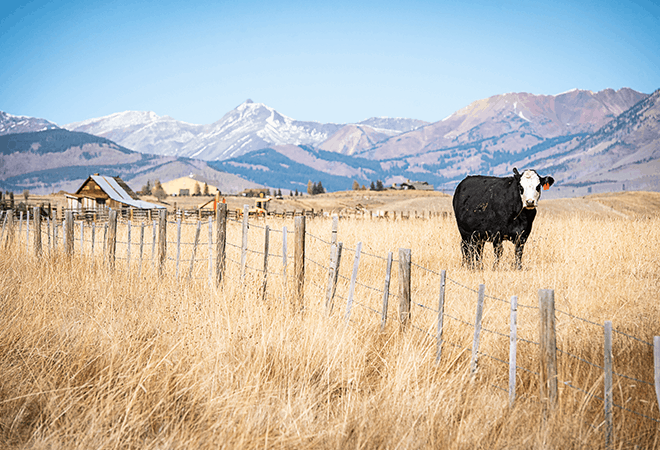 Here’s a story about People Getting Along from the Crested Butte News.
Here’s a story about People Getting Along from the Crested Butte News.
Go to any mountain valley in Colorado with a nearby ski area and chances are you will see thousands of condominiums and hundreds of big second homes dotted everywhere within 10 or 15 miles of the resort.
But Crested Butte is different. If you stand on Brush Creek Road and look across the century-old ranch located basically below the Teocalli and East River ski lifts, the view in all directions is relatively unencumbered.
It’s not that there aren’t any impacts on the land that still looks pristine—booming recreation is encroaching and makes ranching more difficult, but the local ranching community has deliberately chosen to keep making a go of an agricultural way of life.
Ranches like this serve the Gunnison River Valley in many ways that are not visible to the casual eye, maintaining what many consider an important cultural and environmental balance beyond the economic aspect of producing beef. There is an element of the landscape that you see, the product of maintaining senior water rights and judicious irrigation to support native vegetation and ecosystems. There is noxious weed control, and managing cattle carefully to prevent resource damage.
There is also what you don’t see: the barren landscapes of other places that have opted to sell their water rights, or of commercial developments or residential subdivisions where ranches once operated and are now part of an unknown or forgotten history to future generations.
McPhail says one challenge facing ranchers is that they aren’t always known for their contributions to the valley. In a land of many uses, it is possible to lose sight of this part of our identity as we focus on adding more trails and events to spaces used by ranchers—and by wildlife.
“Many people don’t necessarily see any value in this way of life,” she says.
Ranchers can get a bad rap for their herds trampling land and damaging grasslands, but in some cases it is actually wildlife such as elk herds breaking their normal pattern of moving on to new areas each day. Increased urban interface and trail use, particularly by fast-moving, two-wheeled humans, can be confusing and unsettling for wildlife, and changes wildlife’s patterns of travel, according to McPhail.
“And where we used to have two annual bike events here, last year we had 14,” she points out.
A sign placed prominently along an entrance gate at the Brush Creek ranch property line tells a story of how cultural alignment is possible, if not always easy, between recreation and ranching. The sign says no trespassing or public access, as it is private property, but a Crested Butte Mountain Bike Association (CBMBA) logo has been printed at the top to show its solidarity with the ranch. It may help dispel an “us versus them” approach. McPhail suggests other ways to improve relations between those who do not understand ranching and the ranchers who own or lease the land. She says when trail users pass a ranch hand on public land who is moving aside to let them by, it would perhaps make a difference to say “thank you,” rather than complaining about cow manure.
Some ranchers throughout the northern and southern ends of the valley offer seasonal access through their property to beloved trails and fishing areas, as long as users are respectful of the property. Maybe this coexistence strategy is a more figurative way of laying down fences.